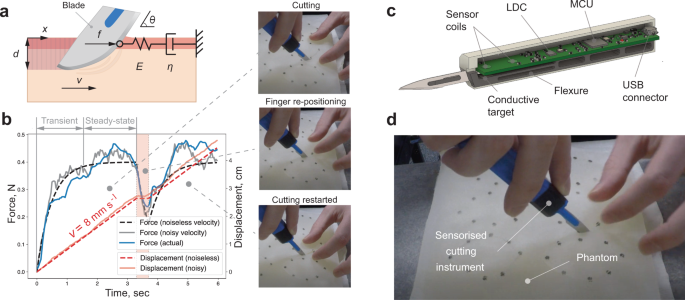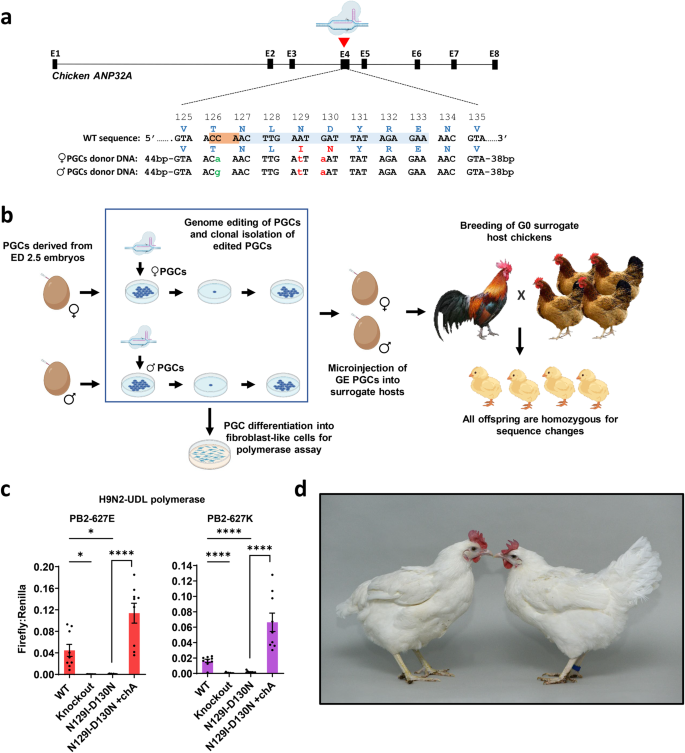センサー内蔵のメスは、外科医のトレーニングを効率化し、ロボット機器による手術への道を開く可能性がある。 Scalpels with built-in sensors could streamline training for surgeons and pave the way for procedures performed by robotic devices, a study suggests.
2023-10-10 エディンバラ大学
◆今後の開発により、この技術は手術スキルの広範な評価に使用され、手術を安全かつ効率的に実行できるロボットデバイスの開発を支援する可能性があります。この低コストのデバイスは、スカルペルにセンサーが組み込まれた基板を使用し、力のデータを分析する機械学習モデルを備えています。これにより、手術スキルの評価が簡素化され、将来的に手術を支援する自動化デバイスの開発につながる可能性があります。
<関連情報>
- https://www.ed.ac.uk/news/2023/smart-scalpel-help-doctors-hone-surgical-skills
- https://www.nature.com/articles/s44172-023-00086-z
センサー化された器具を用いた手術技能定量化のための生成的力モデル A generative force model for surgical skill quantification using sensorised instruments
Artūras Straižys,Michael Burke,Paul M. Brennan & Subramanian Ramamoorthy
Communications Engineering Published:10 June 2023
DOI:https://doi.org/10.1038/s44172-023-00086-z

Abstract
Surgical skill requires the manipulation of soft viscoelastic media. Its measurement through generative models is essential both for accurate quantification of surgical ability and for eventual automation in robotic platforms. Here we describe a sensorised scalpel, along with a generative model to assess surgical skill in elliptical excision, a representative manipulation task. Our approach allows us to capture temporal features via data collection and downstream analysis. We demonstrate that incision forces carry information that is relevant for skill interpretation, but inaccessible via conventional descriptive statistics. We tested our approach on 12 medical students and two practicing surgeons using a tissue phantom mimicking the properties of human skin. We demonstrate that our approach can bring deeper insight into performance analysis than traditional time and motion studies, and help to explain subjective assessor skill ratings. Our technique could be useful in applications spanning forensics, pathology as well as surgical skill quantification.


